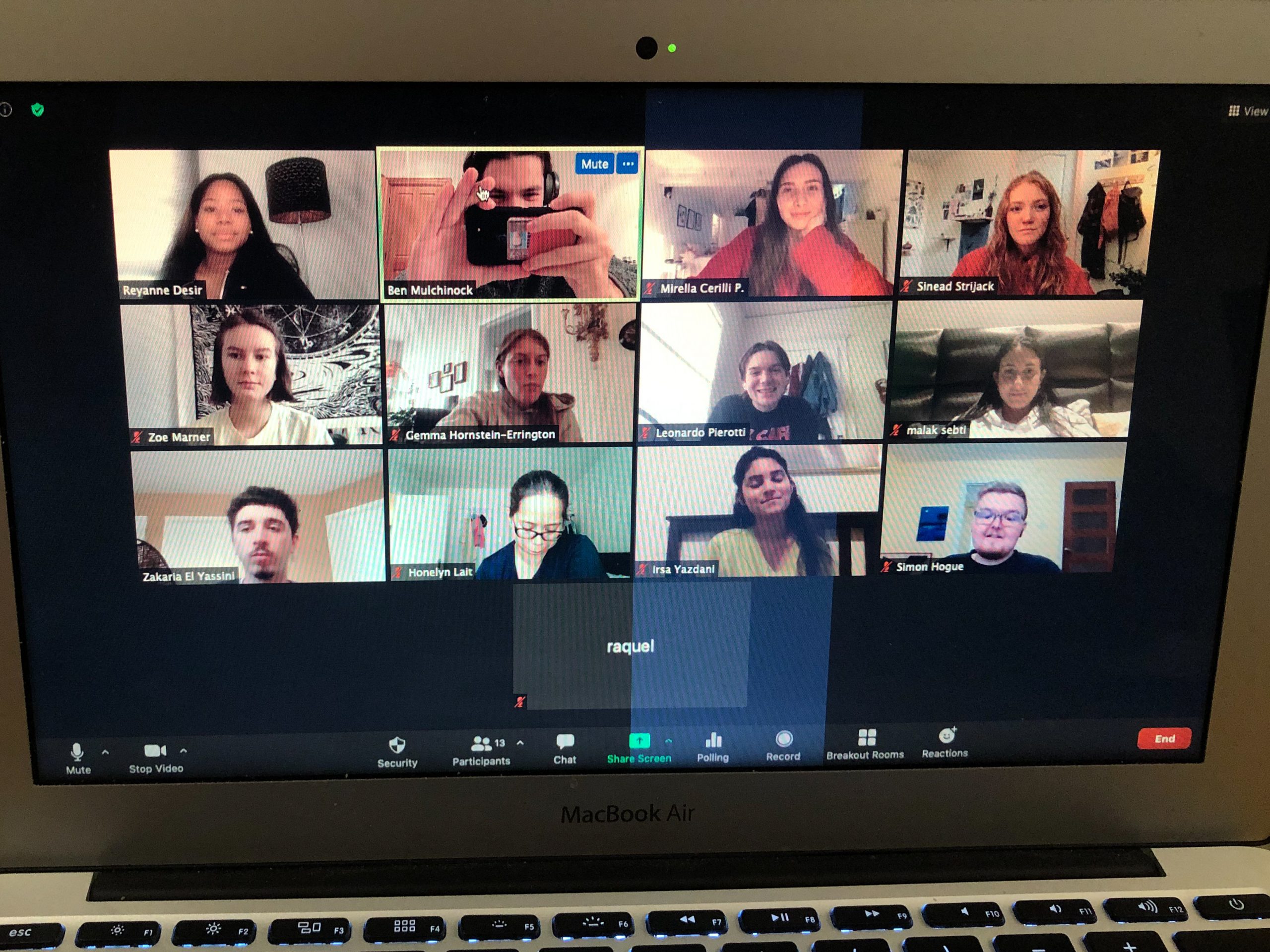“We were the only two names left in a chat room called ‘Enlightenment,'” says 43-year-old Professor Chad Kelly.
“I was bored and curious and promised myself I would sign off in a few minutes, but I felt like a kid in a candy store.”
When the minutes unfolded into 27 months of marathon chat sessions, sleepless nights and a cross-country trip to meet her, he realized he had made a mistake.
“I would have never been interested in a relationship had I first met her in person,” he says.
“I felt like somehow I was fooled.”
It isn’t that people are being fooled, say some psychologists. The difficulty with meeting online is that there is little similarity between a disembodied e-message and consciousness and a real-life encounter.
As a result, it is impossible to tell how two people, no matter how much they like each other in a computer, will get along in the real world.
Stories like Kelly’s are more the reality than the rarity, and with over 190 million North Americans online, and about 46 thousand more people signing on each day, failed Internet love stories may also be on the rise.
That, and also since 1996, over 131,000 online dating services have been created, and according to Chatter Mag, a magazine dedicated to chat room users, there are over 1.3 billion people around the world using chat rooms.
“Up to 70 per cent of users are communicating with someone they met online,” says Rodney Peller, editor-in-chief at the magazine that routinely surveys chat room users.
“It is fast becoming the most popular way to meet your soul mate,” he says. “We expect that to see online dating services to increase up to 80 per cent by the year 2005.”
But when it comes to lasting love via the Internet, psychologists are finding that chat rooms and dating services have built-in mechanisms that make any off-screen romance very likely to fail.
A near miss
Like many encounters on the Internet, Kelly’s was a near miss.
“Two seconds later I would have been on my way to the Second Cup coffee shop on Ste. Catherine St. to philosophize and chug Folgers with my late night pack. Instead, I typed for three more hours and agreed to meet her again in a private room.”
But when Kelly finally met his e-woman face to face he realized they had nothing in common.
“Most people you encounter online are those you will not be interested in,” says Dr. Joseph Walther, an associate professor of communication, social psychology and information technology at Rensselaer Polytechnic Institute in Troy, New York, who studies online relationships.
“What’s different about the Internet is (surprise surprise) at how feelings blossom so quickly,” he says.
The experience of Kelly and his e-woman is a classic case of two people finding attention on the Internet and falling hard when the realness arrives.
“She said everything I wanted to hear and she was interested in me. The closest I got to her was my computer. I just always felt detached.”
Social psychologists have already figured out this disembodiment.
“You can’t hear proximity online,” said Dr. Jon E. Grahe of Monmouth College in Monmouth, Illinois, referring to the deficiencies of a written conversation.
“Words are ambiguous and out of context,” he added.
“The correspondence becomes a kind of upward spiral, like a “feedback loop of flattering, desirable messages that get intensified through the channel. It [chat room communication] is completely devoid of all the nuances that make understanding transcend words. Silence itself has meaning in real life, and that’s also missing.”
It was never real
Lydia West, a part time Concordia student and a former member of lavalife.com, says that she needed that proximity. “It was never real,” she says.
“These were men coming through the air electronically. To me they were just words.”
Lydia ended her membership at lavalife.com when she met a Montreal man who eventually asked her to marry him.
“I met him while waiting at the bus stop one cold winter morning. He offered me his cap, and the bus was late!”
According to Dr. Kali Munro, a psychotherapist in private practice in Toronto, Lydia’s face to face meeting is exactly what is missing in online communications.
“In online communications, we have no real visual or auditory cues to help us to decipher the intent, meaning and tone of the messenger. All we have are the words on a computer screen and how we hear those words in our head.”
Nor can you perceive things like eye contact, gestures, smiles and smirks, but not for lack of trying, because frequent chatters have invented cute little smiley and crying faces, winks, thumbs up and thumbs down, and broken hearts -emoticons- in an attempt to relay emotions through the void.
Today, Kelly’s reality is quite full and he does not harbor any regrets. “For a long while I left her e-mail address on my list. What I missed was the intense online connection I had with her,” he says.
“The disembodiment was also felt by my e-woman,” he says.
He admits that she would never have been interested in him had they first met face to face.
“She was more fast-paced, predictable and not looking ahead, while I was apt to pace myself, be unpredictable and planning for the future,” he laughs.
“You can’t find what you are looking for inside a computer,” he offers as his advice.
“That was the problem to begin with.”



